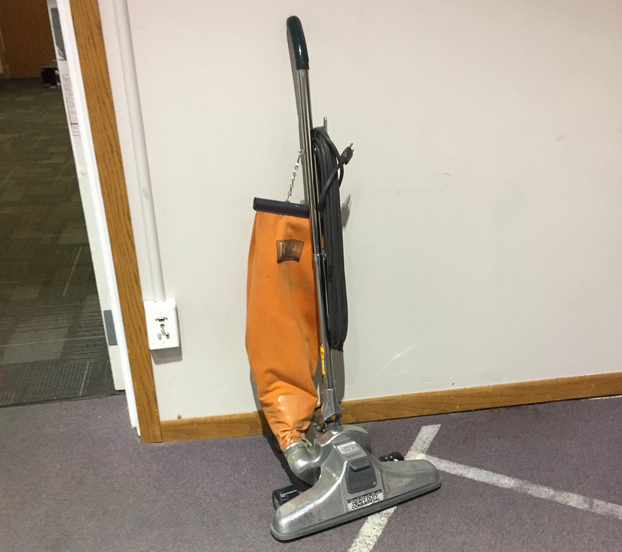Remember when Saturday meant rolling up your sleeves instead of scrolling through social media? Back in the 1970s, weekends weren’t for binge-watching TV shows or ordering takeout with the tap of a finger—they were for tackling those never-ending household chores that somehow managed to fill every daylight hour. Yet despite the physical labor and time commitment, we approached these tasks with a sense of purpose and pride that seems almost quaint by today’s standards.
1. Washing the Family Car by Hand

Before drive-through car washes became the norm, Saturday mornings often began with the ritual of washing the family sedan or station wagon by hand. You’d gather your supplies—bucket, soap, sponge, chamois cloth—and spend hours ensuring every inch of chrome sparkled and every window was streak-free. Dad would inspect your work with the scrutiny of a drill sergeant, sending you back to re-do any spot that didn’t meet his exacting standards. Today, Consumer Reports has a breakdown on how to clean the family car so it’s practically a mirror.
The driveway would transform into a sudsy playground as younger siblings “helped” by splashing more water on you than on the car. By the time you finished, your sneakers would be soaked through, your fingers pruney, but that gleaming Oldsmobile or Ford Galaxie sitting in the driveway was a monument to your dedication and hard work.
2. Mowing the Lawn with a Push Mower
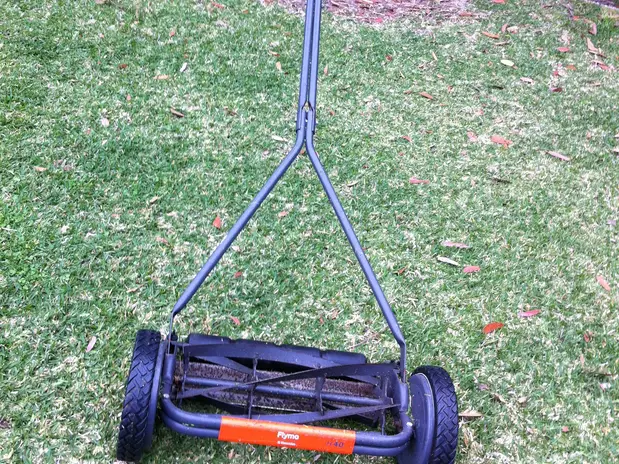
Long before self-propelled mowers with cup holders became standard, yard work meant wrestling with a stubborn push mower across what felt like acres of uneven terrain. The distinctive whirring sound of metal blades cutting through grass would echo throughout neighborhoods, a Saturday symphony performed by sweaty conductors pushing through the summer heat. Every fifteen minutes, you’d have to stop and empty the grass catcher, careful not to spill clippings on your freshly cut path. GreenFootSteps has some benefits of the push mower that are worth considering, even if they bring back memories of long days in the yard.
After several hours, your hands would tingle from the vibration, your shirt would be plastered to your back with sweat, and your sneakers would be stained green. The satisfaction of seeing those perfect lines in the lawn, however, made the burning muscles and sunburn worth every moment of effort.
3. Hanging Laundry on the Clothesline
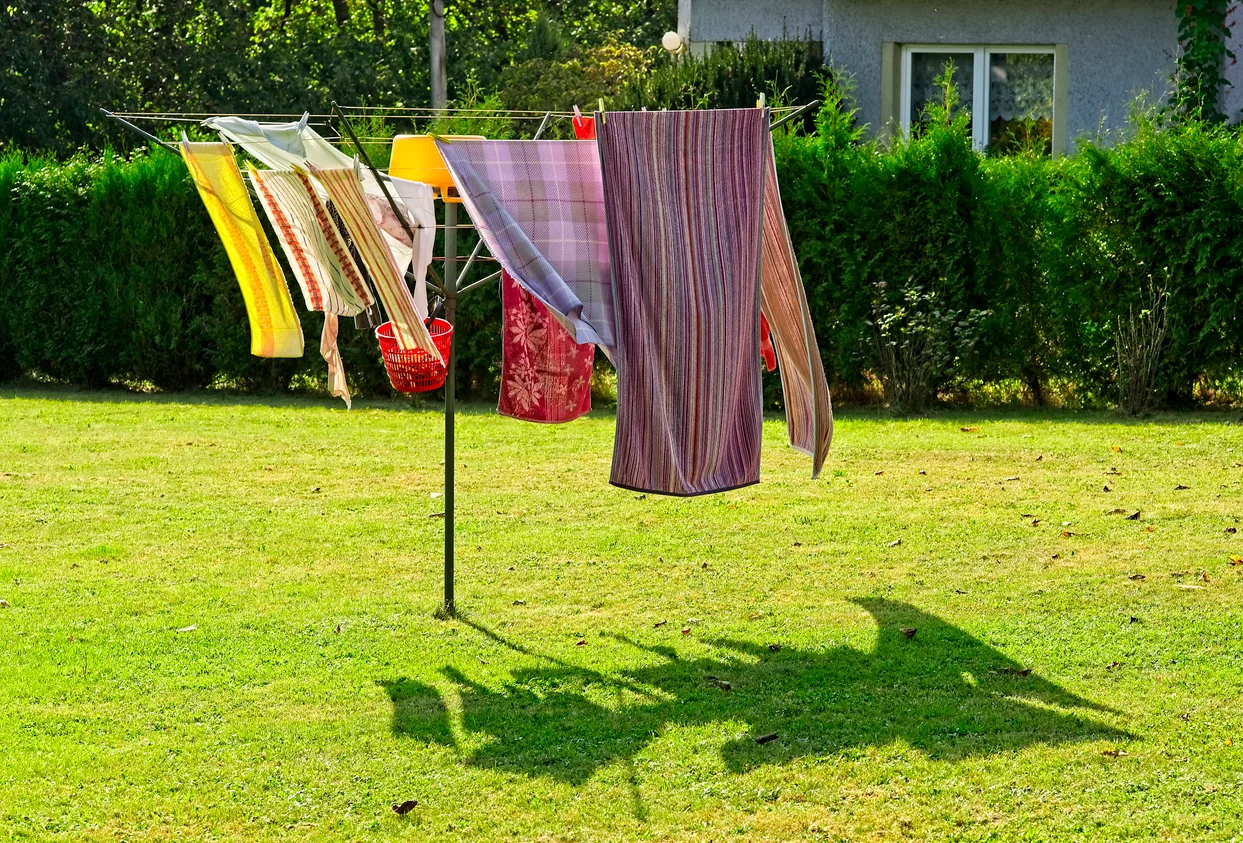
Before energy-efficient dryers became household staples, laundry day meant transforming your backyard into a flapping fabric gallery. You’d haul the heavy, wet clothes from the wringer washer in a wicker basket, carefully pinning each item to the line while trying not to drop anything onto the grass below. The methodical rhythm of reach, pin, smooth, reach again became almost meditative as you worked your way through mountains of family clothing. The Old Farmer’s Almanac writes that there are some interesting perks to hanging clothing outside that might make the practice worth continuing.
The reward came hours later when you collected sun-warmed sheets that smelled of fresh air and sunshine, a fragrance no modern dryer sheet has ever successfully duplicated. Folding those crisp, clean clothes still warm from the sun remains one of those sensory memories that instantly transports you back to simpler times—even if your fingers were numb from the wooden pins and your back ached from the constant bending.
4. Defrosting the Freezer
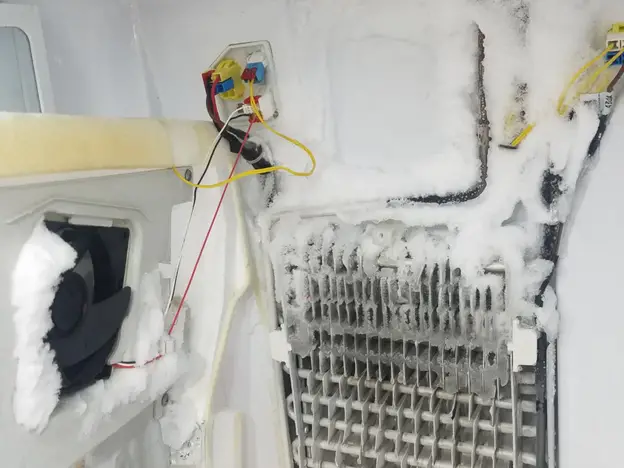
Before frost-free freezers, this dreaded chore would claim entire Saturday afternoons as you battled ice buildup that threatened to overtake your frozen food supply. Armed with pans of hot water, wooden spoons, and towels spread across the kitchen floor, you’d unplug the refrigerator and begin the tedious process of chipping away at ice sheets that seemed determined to resist. Every few minutes, you’d empty another container of melted ice water, wondering how so much frost could possibly accumulate in one appliance.
The kitchen would transform into a mini polar expedition, with family members recruited to quickly transfer partially thawed food into coolers. When you finally closed the freezer door on a frost-free compartment hours later, you felt a sense of accomplishment that today’s generation—with their automatic defrosting features—will never quite understand.
5. Polishing All the Furniture with Lemon Pledge
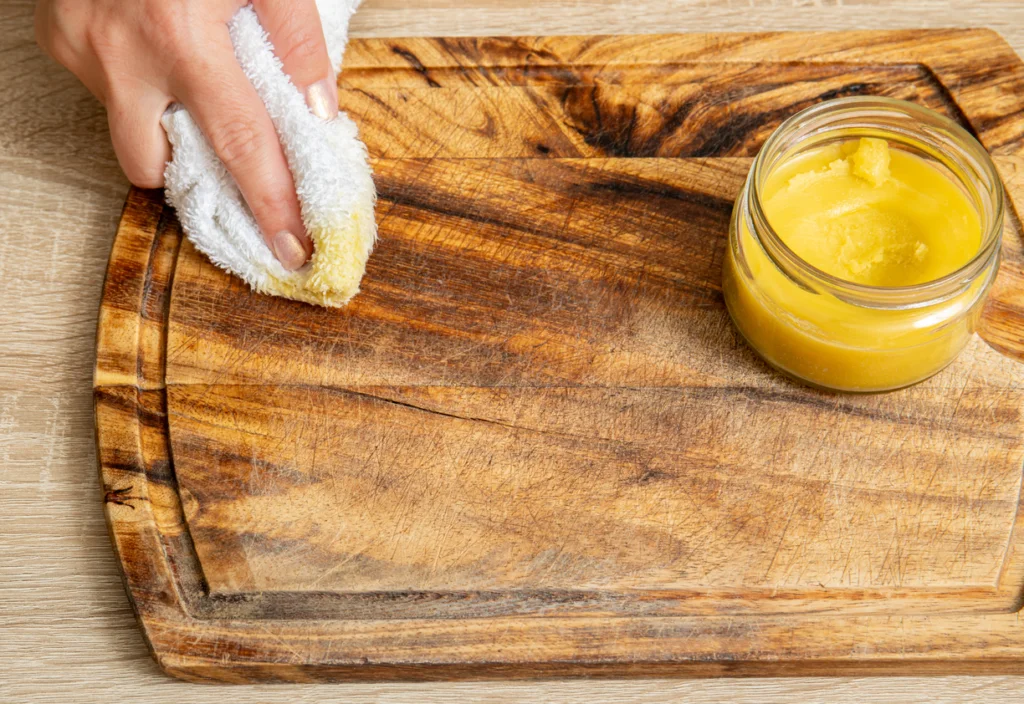
The distinctive smell of Lemon Pledge wafting through the house meant one thing: furniture-polishing day had arrived. Every wooden surface in the house—from the massive dining room table to the smallest knickknack shelf—required careful attention with a yellow can of aerosol polish and soft cloth. You’d move methodically from room to room, dusting each ornament and photo frame, working the polish into carved details with an old toothbrush.
After hours of spraying and buffing, your fingernails would be packed with waxy residue and your arm would ache from the repetitive circular motions. Yet there was something deeply satisfying about seeing the warm glow of wood grain emerge under your ministrations, especially when sunlight hit those freshly polished surfaces just right.
6. Scrubbing the Linoleum Floor by Hand
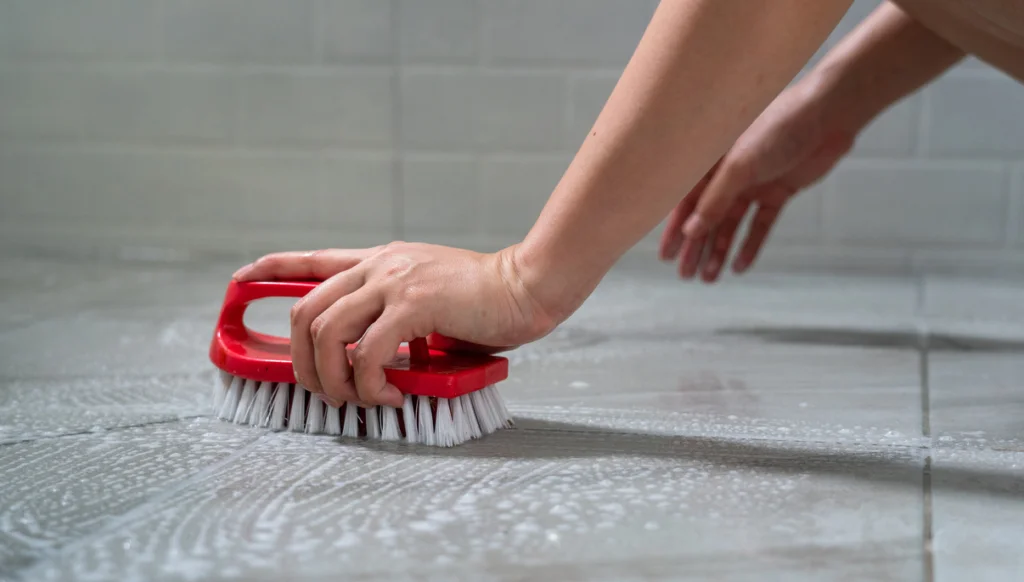
Before Swiffers and steam mops, cleaning the kitchen floor meant getting down on hands and knees with a bucket of soapy water and a scrub brush. You’d start in the corner farthest from the door, working backward in a methodical pattern that ensured you didn’t track footprints across your clean sections. Each stubborn spot required extra elbow grease, especially around the stove where cooking splatters created a particularly challenging terrain.
After an hour of scrubbing, your knees would be red and indented from the hard floor, and your lower back would complain with each movement. Nevertheless, the gleaming surface reflecting overhead lights and the fresh scent of Pine-Sol made the physical discomfort seem worthwhile—at least until next Saturday rolled around.
7. Waxing and Buffing Floors
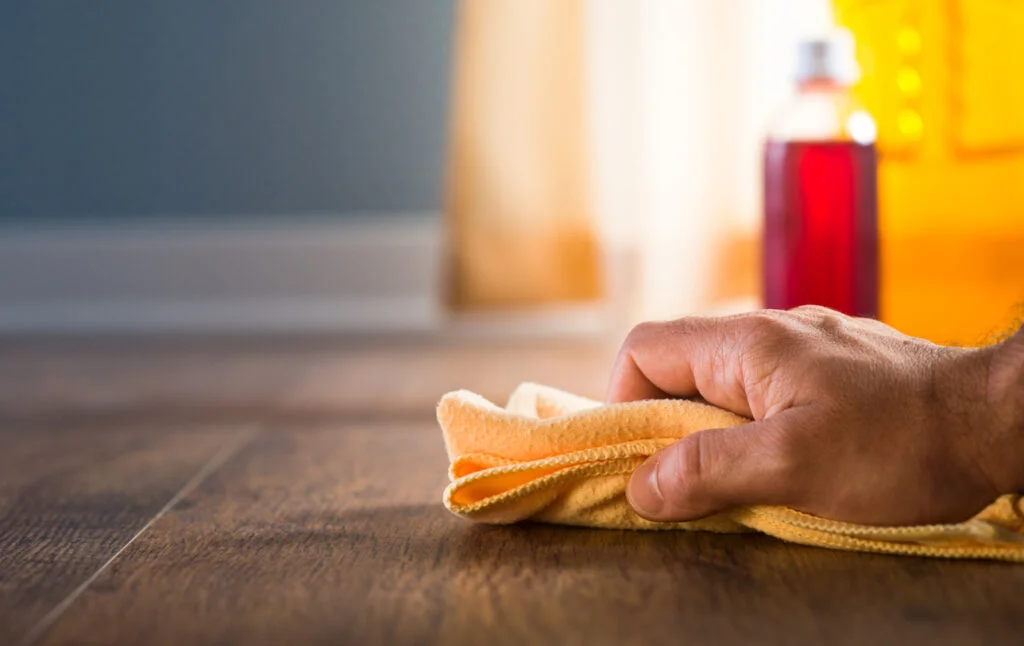
After cleaning came the even more labor-intensive process of applying paste wax to hardwood or linoleum floors, a task that transformed ordinary kids into human polishing machines. You’d apply the thick, waxy substance with careful strokes, making sure to cover every inch while avoiding baseboards and furniture legs. Then came the waiting—twenty minutes that stretched into eternity as the wax dried to a hazy finish while you rested your tired arms.
The real workout began with buffing, either with a heavy electric buffer that threatened to drag you across the room or, more commonly, with rags attached to your feet as you “skated” across the surface. By the end of this particular chore, your arm and leg muscles burned with fatigue, but the glass-like shine that emerged beneath your efforts made your house look like something from a magazine advertisement.
8. Cleaning Venetian Blinds

The intricate slats of venetian blinds were dust magnets, and cleaning them properly was a test of patience that could consume an entire afternoon. You’d carefully remove each set of blinds from the windows, laying them flat in a bathtub filled with soapy water where you’d scrub each individual slat with an old sock or small brush. Every cord and ladder tape required special attention to prevent tangling or damage during the cleaning process.
After rinsing and drying, you’d rehang the blinds, adjusting each set to hang perfectly level—a task that often required multiple attempts and colorful expressions from Dad. The satisfaction of dust-free, gleaming blinds throughout the house almost made you forget that they’d be covered in a new layer of dust within days, starting the cycle all over again.
9. Ironing… Everything
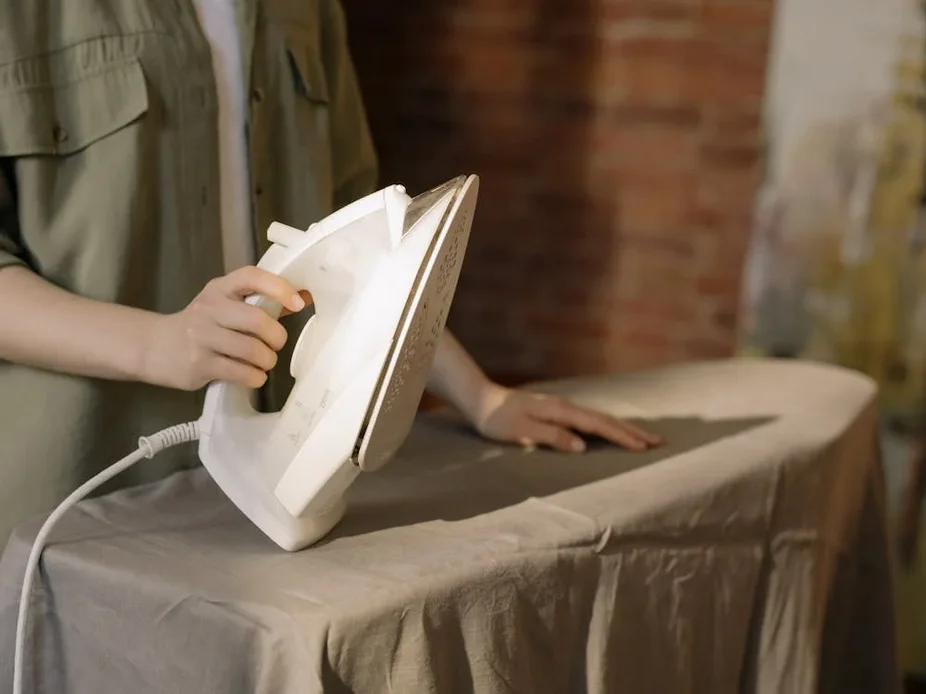
In an era before permanent press fabrics and casual dress codes, the ironing basket was a bottomless pit of wrinkled clothes demanding attention. You’d set up the wobbly ironing board in front of the television on Saturday morning, hoping to distract yourself with cartoons while tackling the mountain of dress shirts, blouses, and even sheets and pillowcases. The rhythmic hiss of steam and the smell of hot cotton filled the living room as you worked your way through the family’s entire wardrobe.
Your arms would ache from the constant back-and-forth motion, and occasional burn marks on fingertips were badges of honor in this domestic battlefield. By late afternoon, when you finally folded the ironing board away, the neat rows of crisp clothing hanging in closets represented hours of labor that today’s generation—accustomed to “permanent press” and “wrinkle-resistant” fabrics—can hardly imagine.
10. Vacuuming with Heavy Metal Monsters
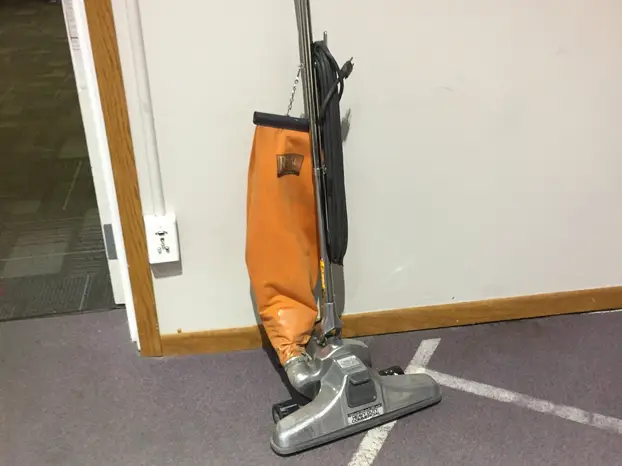
Vacuum cleaners in the 1970s weren’t the lightweight, maneuverable tools we use today—they were heavy metal beasts that required significant strength just to push across the shag carpeting. You’d wrestle with unwieldy hoses and attachments, dragging the canister behind you like an uncooperative pet as you navigated around furniture legs and into corners. The deafening roar of the motor meant conversations were suspended and television viewing was impossible while the weekly carpet cleaning was underway.
The real challenge came with stairs, where you balanced precariously with the heavy machine, trying not to tumble downward as you cleaned each step. Despite the physical workout and the frustration of repeatedly untangling the cord, there was undeniable satisfaction in seeing those perfect vacuum lines across the carpet—visible proof of your domestic accomplishment.
11. Raking Leaves Without Blowers

Fall Saturdays meant tackling yards full of leaves with nothing but a rake and your own determination—no leaf blowers or vacuum attachments to ease the burden. You’d start early in the morning, hoping to finish before sunset as you pulled the rake through endless piles of crisp autumn foliage. The repetitive motion would create blisters on your palms despite the work gloves Mom insisted you wear.
After hours of raking came the bagging—stuffing countless paper sacks or trash cans with leaves that seemed to multiply each time you turned your back. Though the work was exhausting, there was always that one perfect moment when the job was nearly done and permission was granted for one magnificent running leap into the last giant pile—a simple joy that no modern convenience can replace.
12. Organizing the Garage or Basement
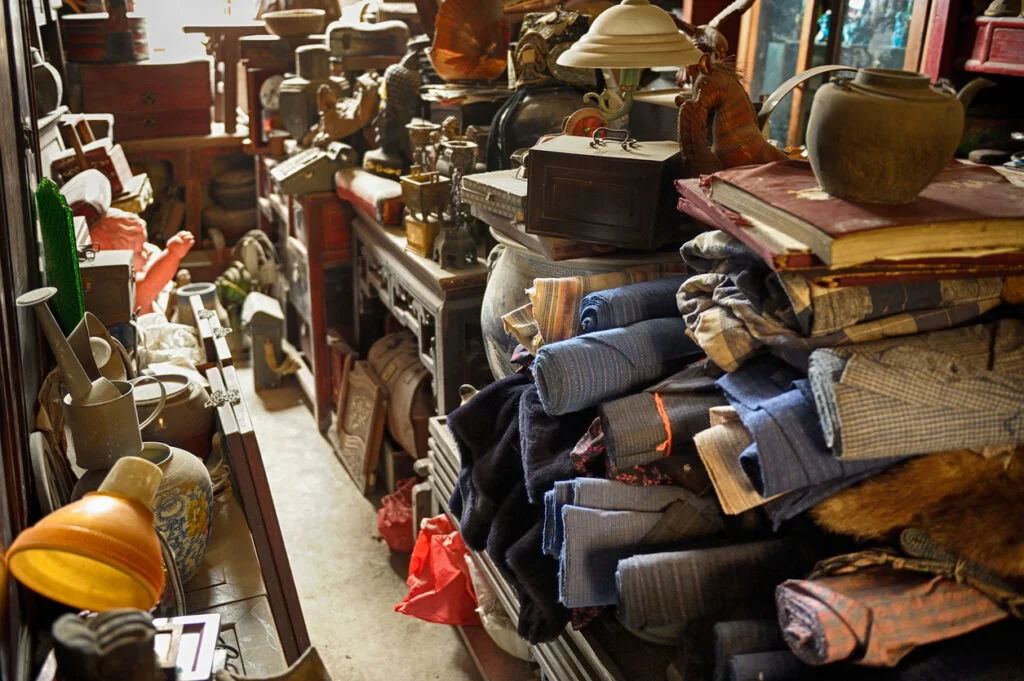
The garage or basement clean-up was the marathon of Saturday chores, often requiring the entire family’s participation and consuming the whole weekend. You’d drag everything out onto the driveway or lawn, creating a display of family possessions that sometimes surprised even longtime neighbors. Hours would be spent sorting through tools, holiday decorations, outgrown clothes, and mysterious boxes that hadn’t been opened since the last cleaning day.
The physical labor of sweeping, dusting shelves, and reorganizing heavy items left everyone sore and tired by dinner time. Yet despite the complaints and occasional family disagreements about what should be kept or discarded, there was a shared sense of accomplishment when the space was finally transformed from chaotic storage to organized system—at least until next year’s cleaning day rolled around.
Those Saturday chores may have seemed endless at the time, but they taught us the value of hard work, attention to detail, and the satisfaction of a job well done. Today, as we press buttons on our robot vacuums or toss wrinkled clothes into steam dryers, there’s a part of us that misses the tangible results of physical work and the family bonds forged through shared household responsibilities. Maybe we didn’t know how good we had it—sweaty, tired, and proud of our freshly polished homes on those long-ago Saturday afternoons.

